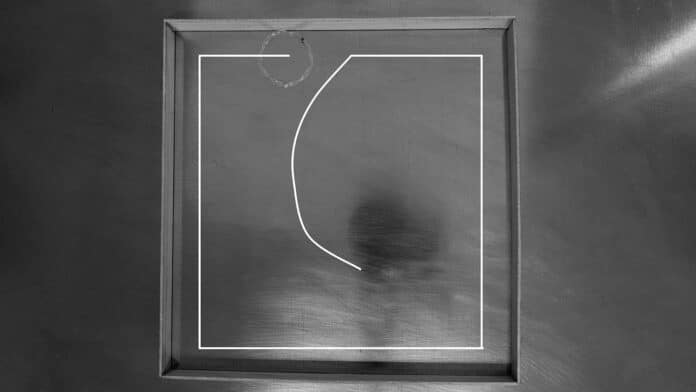Researchers at North Carolina State University (NCSU) have developed a new soft robot design that engages in three simultaneous behaviors: rolling forward, spinning like a record, and following a path that orbits around a central point.
The new soft robots, called twisted ringbots, operate without human or computer control, paving the way for soft robotic devices to navigate and map unknown environments efficiently.
These twisted ringbots are made of ribbon-like liquid crystal elastomers that are twisted and then joined together to form a loop. When the robots are placed on a surface that is at least 55 degrees Celsius (131 degrees Fahrenheit), the portion of the ribbon touching the surface contracts, while the portion of the ribbon exposed to the air remains unchanged. This induces a rolling motion; the warmer the surface, the faster the robot rolls.
“The ribbon rolls on its horizontal axis, giving the ring forward momentum,” says Jie Yin, aerospace engineering at North Carolina State University.
The twisted ringbot also spins along its central axis like a record on a turntable and moves in an orbital path around a central point, demonstrating a large circular movement. Additionally, when encountering a boundary – like the wall of a box – it will travel along the boundary. This behavior could be particularly useful for mapping unknown environments.
Its behavior is governed by physical intelligence, which means that its actions are determined by its structural design and the materials it’s made of rather than being directed by a computer or human intervention.
The researchers could fine-tune the twisted ringbot’s behavior by modifying the device’s geometry. They could change the direction of its spin by twisting the ribbon in different ways. The speed could be adjusted by altering the width of the ribbon or the number of twists.
The researchers conducted proof-of-concept testing and demonstrated that the twisted ringbot could navigate through confined spaces by following its contours.
“Regardless of where the twisted ringbot is introduced to these spaces, it is able to make its way to a boundary and follow the boundary lines to map the space’s contours – whether it’s a square, a triangle, and so on,” says Fangjie Qi, a Ph.D. student at NC State. “It also identifies gaps or damage in the boundary.
Researchers were also able to map the boundaries of more complex spaces by introducing two twisted ringbots into the space, with each robot rotating in a different direction. This enabled them to capture the contours of the more complex space.
“In principle, no matter how complex a space is, you would be able to map it if you introduced enough of the twisted ringbots to map the whole picture, each one giving part of it,” says Yin in a statement. “And, given that these are relatively inexpensive to produce, that’s viable.”
